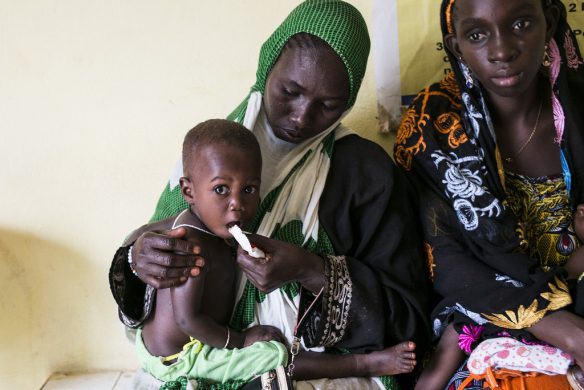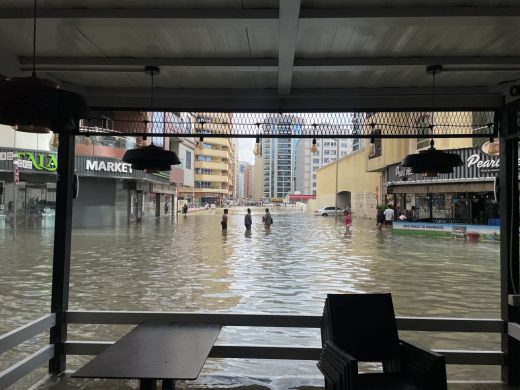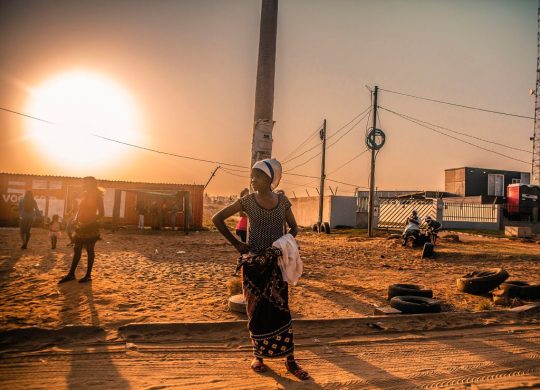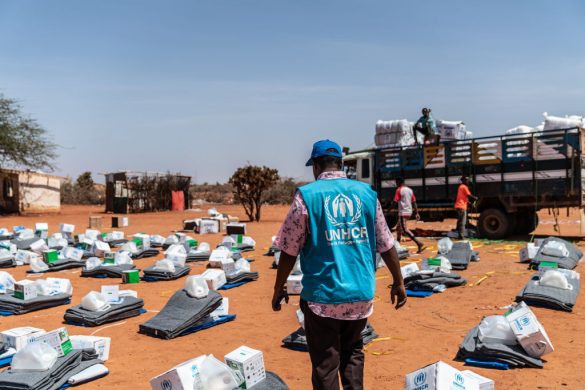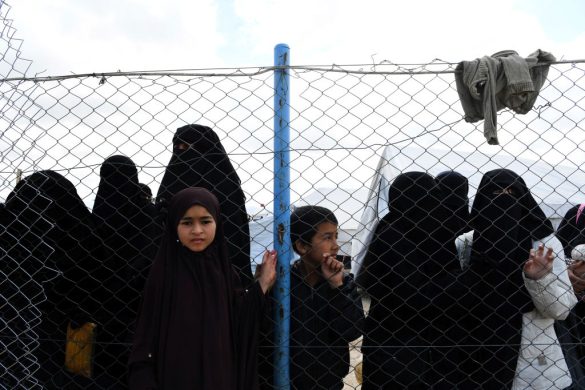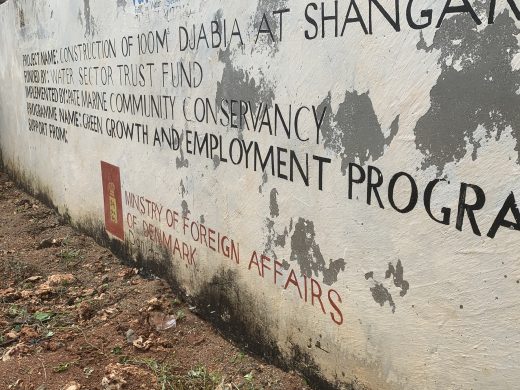Sound progress last decade
The hunger-conflict nexus
In sub-Saharan Africa, the majority of the undernourished population in 2016 live in countries affected by conflict. The prevalence of undernourishment is about twice as high in conflict-affected countries with a protracted crisis than in countries not affected by conflict, and nutrition outcomes are also generally worse in these countries.
A majority, or 489 million, of the 815 million people in the world that were undernourished in 2016 live in countries struggling with conflict, violence and fragility.
Building household resilience
The FAO report identifies a range of pathways through which support to food security and livelihoods can also help build resilience against conflict and contribute to sustaining peace. Given the complexity of conflicts and the conflict-food insecurity nexus, which climate change may amplify, a sustainable impact of food security and nutrition-related interventions on peace is more likely when implemented as part of a broader, multisectoral set of interventions before, during and after conflicts.
The report notes how many countries have developed or are developing policy frameworks and investment plans that are alignedwith the goals of the Malabo Declaration and SDG 2. And this requires adequate funding, setting the right priorities and strengthening institutional capacities.
The Malabo Declaration
Through the 2014 Malabo Declaration, African leaders reaffirmed the principles and values of theComprehensive Africa Agriculture Development Programme (CAADP) and recommitted their countries to end hunger and halve poverty by 2025, boost intra-African trade, and enhance the resilience of livelihoods and production systems to climate change and other shocks.

